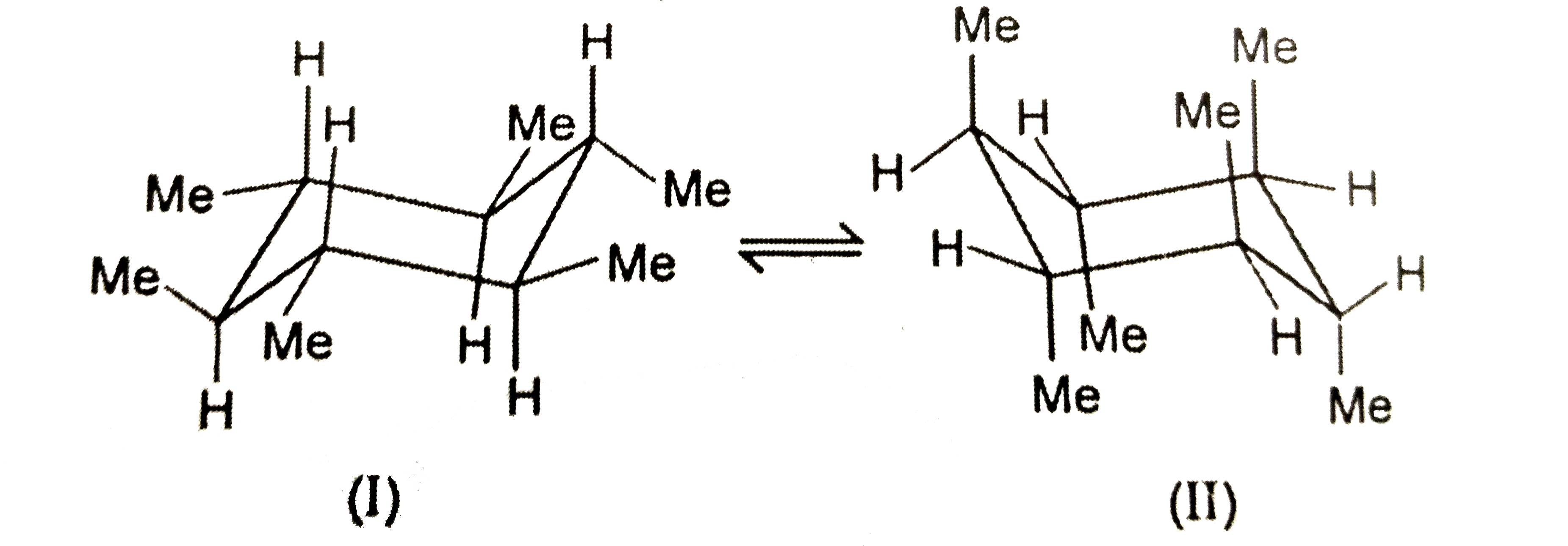CO is stable , but analogous SiO is not stable . Why ?
To understand why carbon monoxide (CO) is stable while silicon monoxide (SiO) is not, we can analyze the properties of carbon and silicon, which are in the same group of the periodic table.
1. Group Similarity: Both carbon (C) and silicon (Si) belong to Group 14 of the periodic table. This means they share similar chemical properties, but there are significant differences due to their positions in the periodic table.
2. Atomic Size: Carbon has a smaller atomic size compared to silicon. As we move down the group from carbon to silicon, the atomic size increases. This larger size in silicon affects its bonding capabilities.
3. Electronegativity: Carbon has a higher electronegativity than silicon. The electronegativity of carbon allows it to attract electrons more effectively, leading to stronger bonds with oxygen in CO.
4. Multiple Bonding: In CO, carbon can form multiple bonds (specifically, a triple bond) with oxygen due to its smaller size and effective overlap of p orbitals (2p of carbon with 2p of oxygen). This strong bonding contributes to the stability of CO.
5. Resonance Structures: CO has resonance structures, which means it can be represented by multiple valid Lewis structures. This delocalization of electrons contributes to its stability. In contrast, SiO does not have significant resonance structures, making it less stable.
6. Orbital Overlap: The overlap between the atomic orbitals is crucial for bond formation. In CO, the overlap between the 2p orbitals of carbon and oxygen is effective due to their similar sizes. However, in SiO, the overlap between the 3p orbital of silicon and the 2p orbital of oxygen is not as effective because of the larger size of silicon, leading to weaker bonding.
7. Conclusion: Due to the reasons outlined above—atomic size, electronegativity, ability to form multiple bonds, resonance structures, and effective orbital overlap—CO is a stable molecule, while SiO is not stable.
Topper's Solved these Questions
- CHEMICAL BONDING AND MOLECULAR STRUCTURE Book:AAKASH INSTITUTE ENGLISHChapter:CHEMICAL BONDING AND MOLECULAR STRUCTURE Exercise:Assignment Section J (Aakash Challengers Questions)
Explore 10 Videos
- CHEMICAL BONDING AND MOLECULAR STRUCTURE Book:AAKASH INSTITUTE ENGLISHChapter:CHEMICAL BONDING AND MOLECULAR STRUCTURE Exercise:Assignment Section - H (Multiple True-False Type Questions) Identify the correct combination of true(T) and false(F) of the given three statements.
Explore 5 Videos
- BIOMOLECULESBook:AAKASH INSTITUTE ENGLISHChapter:BIOMOLECULESExercise:EXERCISE (ASSIGNMENT) SECTION - D Assertion - Reason Type Questions
Explore 5 Videos
- CHEMICAL KINETICSBook:AAKASH INSTITUTE ENGLISHChapter:CHEMICAL KINETICSExercise:ASSIGNMENT (SECTION D : Assertion - Reason Type Questions)
Explore 15 Videos
Similar Questions
Which is not stable
View SolutionWhich one is most stable ?
View SolutionWhich is most stable radial ?
View SolutionWhy is FeI3 not stable ?
View SolutionWhy is FeI3 not stable ?
View Solution(a) How does bond energy vary from N+2 and N−2 and why ?
(b) On the basis of the molecular orbital theory, what is the similarly between :
(i)F2,O2−2 (ii)CO,N2,NO+.
(c ) Like CO why its analong SiO is not so stable ?
View SolutionThe carbanion which is most stable is
View SolutionLeast stable hydride is
View SolutionLeast stable hydride is
View SolutionWhich one is more stable and why?

View Solution

